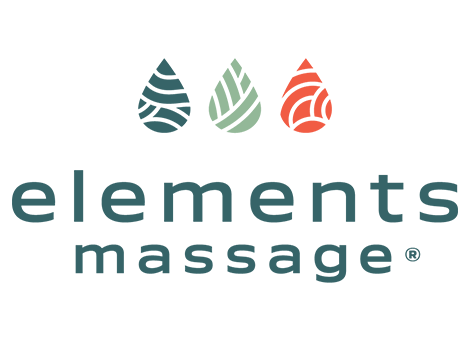The autonomic nervous system (ANS) is the part of the nervous system that controls involuntary functions, such as heart rate, blood pressure, digestion, and respiration. The ANS comprises two main divisions: the sympathetic nervous system (SNS), often referred to as the 'fight or flight' system, and the parasympathetic nervous system (PNS), known as the 'rest and digest' system. Massage therapy can influence the balance between these two systems, primarily by promoting parasympathetic activity (Field, 2010).
Massage and the Parasympathetic Nervous System
Massage therapy stimulates the PNS, which leads to responses such as reduced heart rate, lowered blood pressure, and slower breathing rates. This shift towards parasympathetic dominance is associated with relaxation and stress reduction, which can indirectly contribute to overall wellness and improved muscle tone (Moyer et al., 2004).
Massage and the Sympathetic Nervous System
Simultaneously, massage therapy can reduce the activity of the SNS, associated with stress responses such as increased heart rate, higher blood pressure, and elevated levels of stress hormones like cortisol. By lowering the SNS activity, massage can help manage stress and prevent its negative effects on health, including muscle tension and related musculoskeletal problems (Field, 2010).
Scientific Evidence on Massage and the Autonomic Nervous System
A number of studies have demonstrated the positive effects of massage therapy on the ANS. For instance, a study by Diego and Field (2009) found that moderate-pressure massage led to a shift towards PNS dominance, as measured by heart rate variability (HRV), a key indicator of ANS balance.
Similarly, a study by Hatayama et al. (2008) found that participants who received a 45-minute massage showed significant increases in parasympathetic activity and decreases in heart rate and cortisol levels compared to a control group. These changes suggest that massage can indeed help to balance the ANS, promoting relaxation and potentially contributing to overall health and well-being.
References
- Diego, M. A., & Field, T. (2009). Moderate pressure massage elicits a parasympathetic nervous system response. International Journal of Neuroscience, 119(5), 630-638.
- Field, T. (2010). Touch for socioemotional and physical well-being: A review. Developmental Review, 30(4), 367-383.
- Hatayama, T., Kitamura, S., Tamura, C., Nagano, M., & Ohnuki, K. (2008). The facial massage reduced anxiety and negative mood status, and increased sympathetic nervous activity. Biomedical Research, 29(6), 317-320.
- Moyer, C. A., Rounds, J., & Hannum, J. W. (2004). A meta-analysis of massage therapy research. Psychological Bulletin, 130(1), 3-18.

